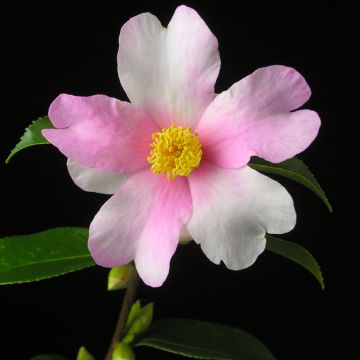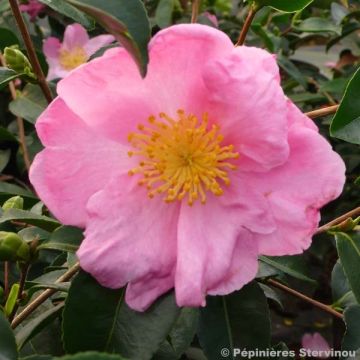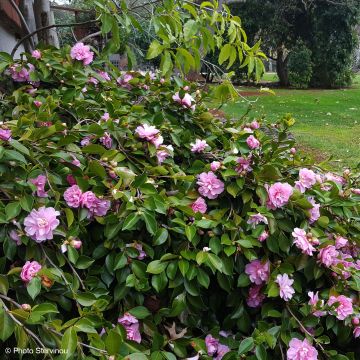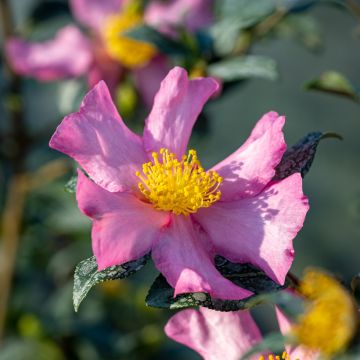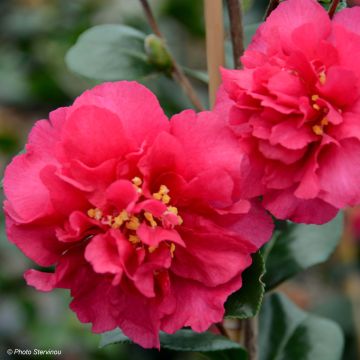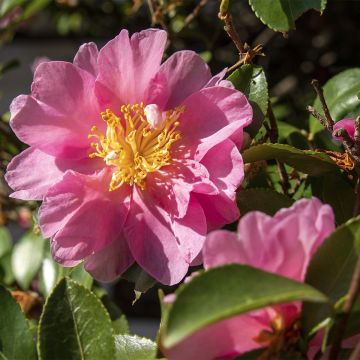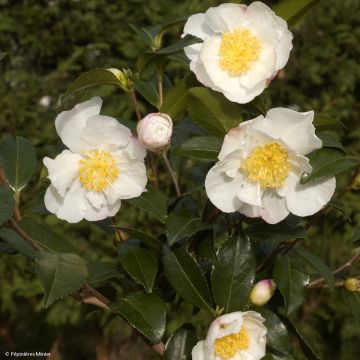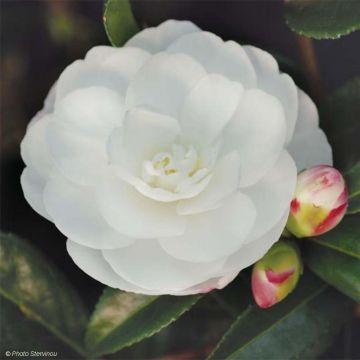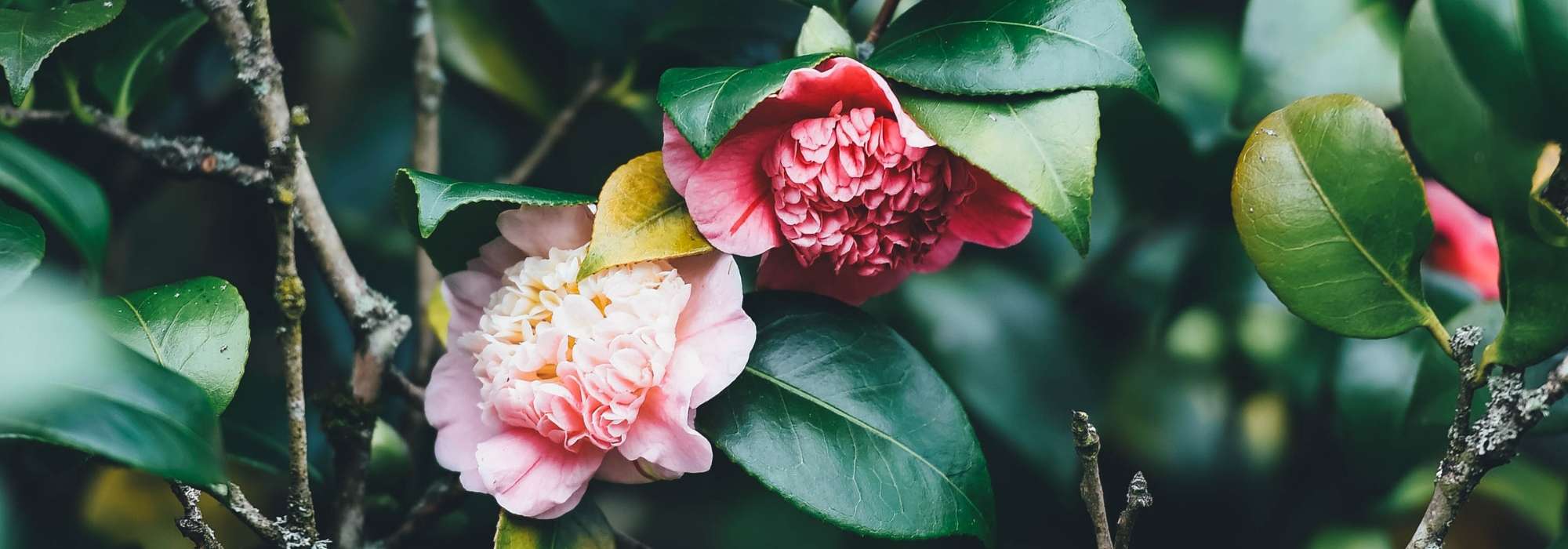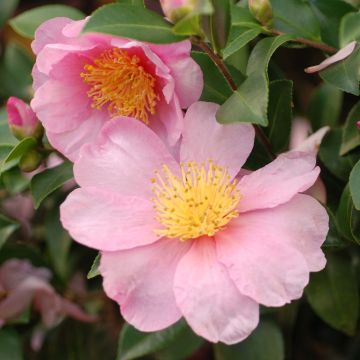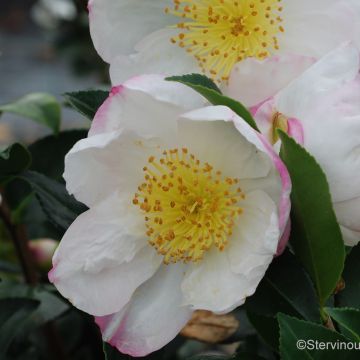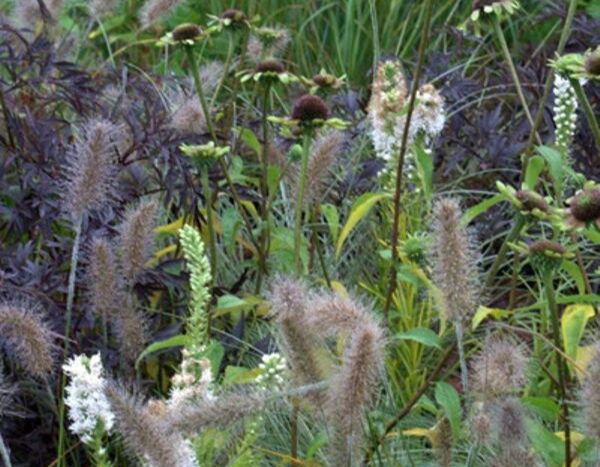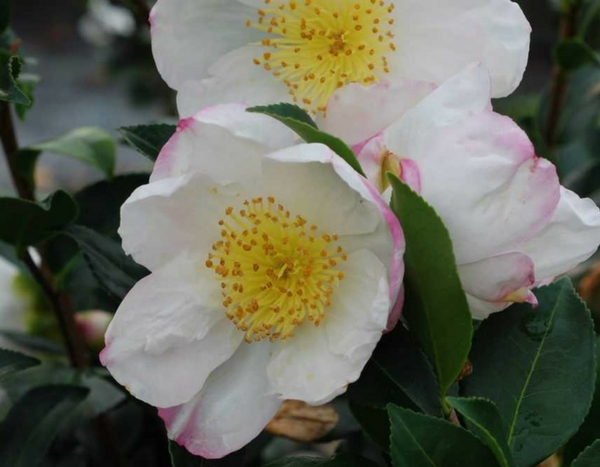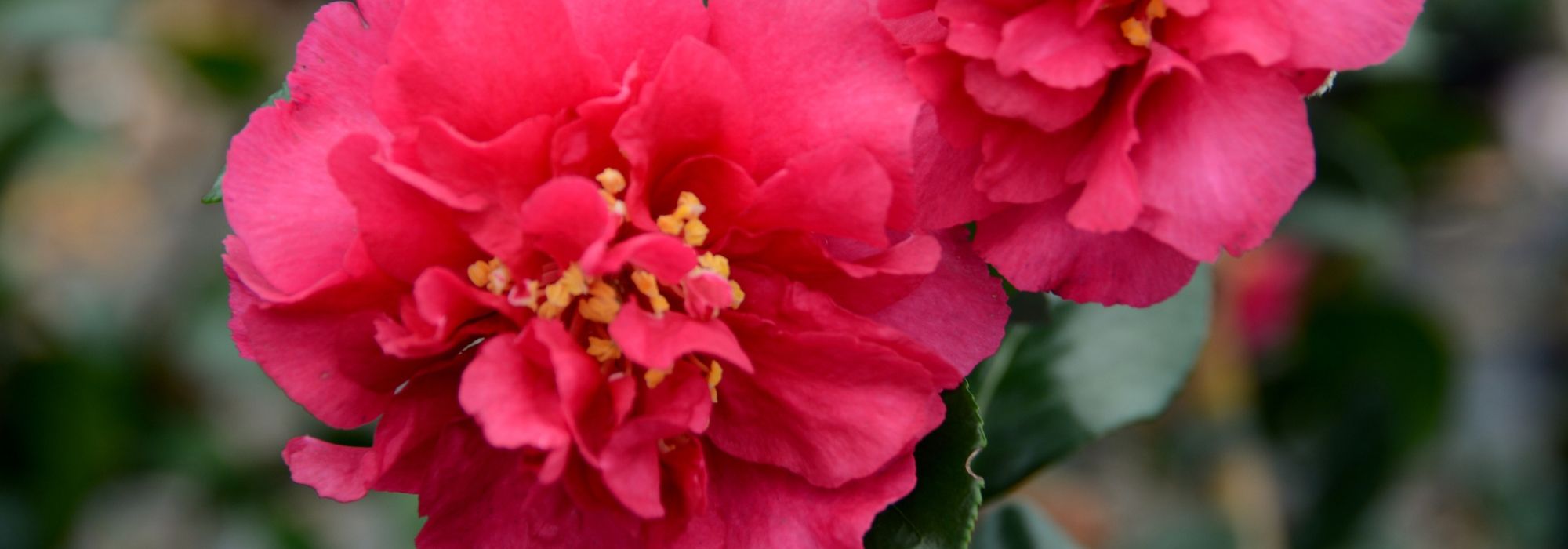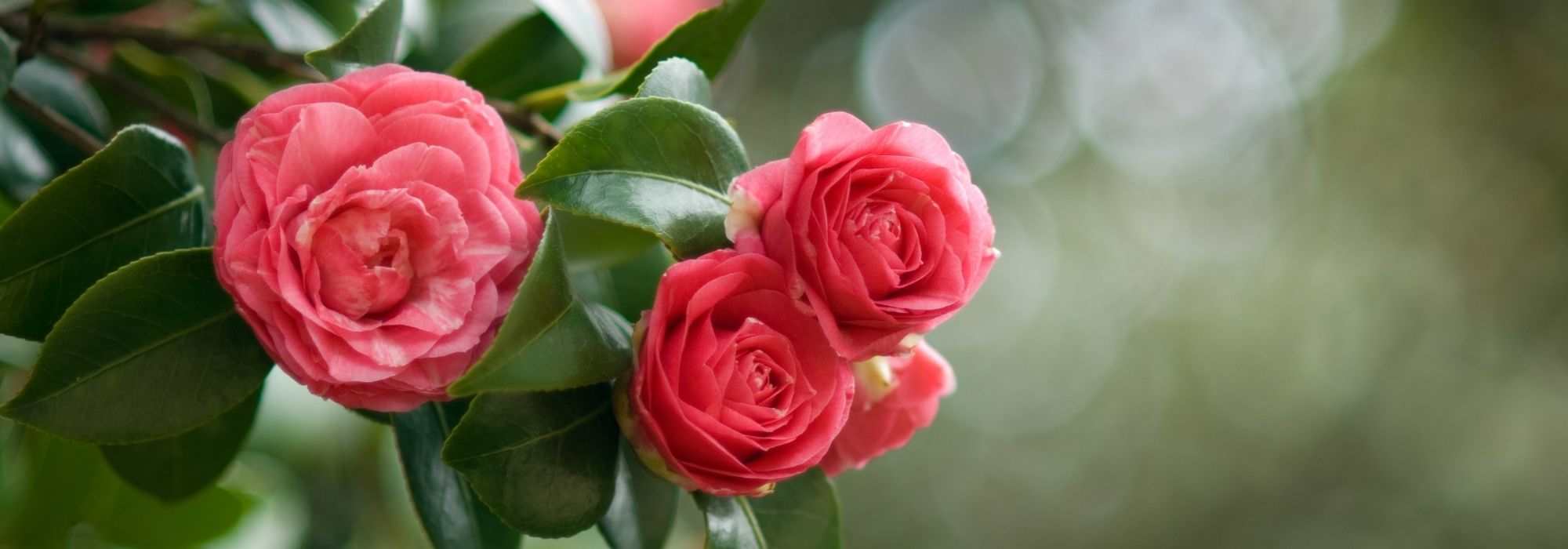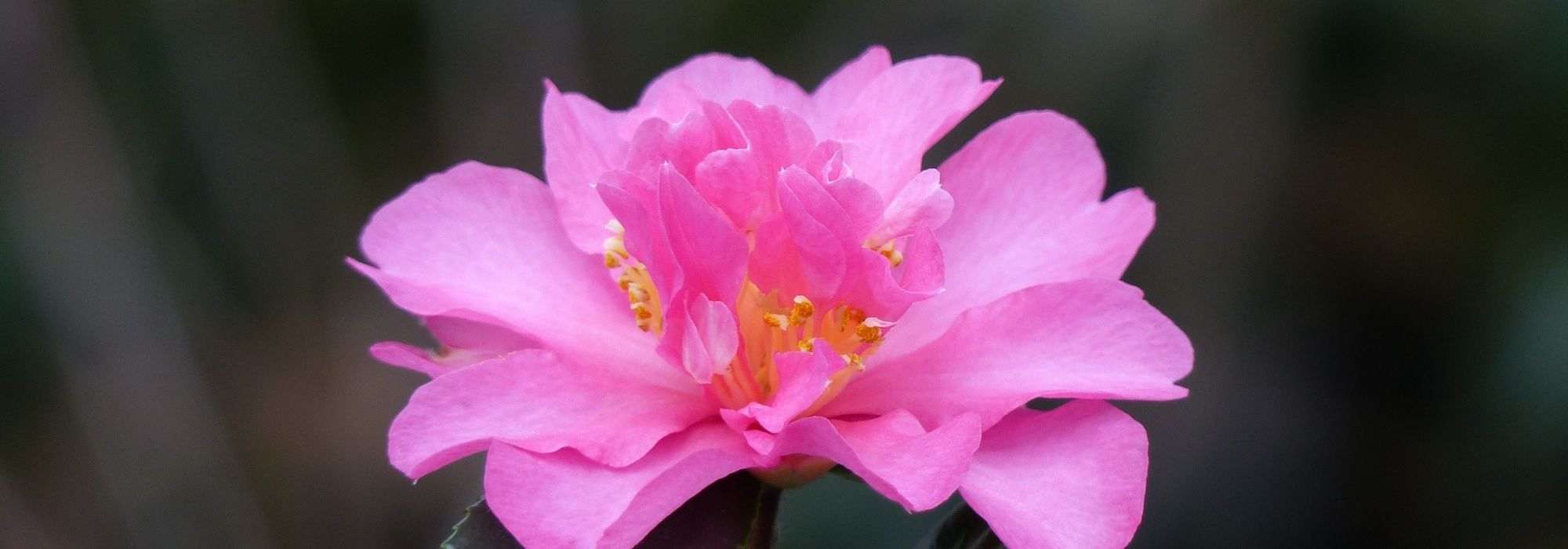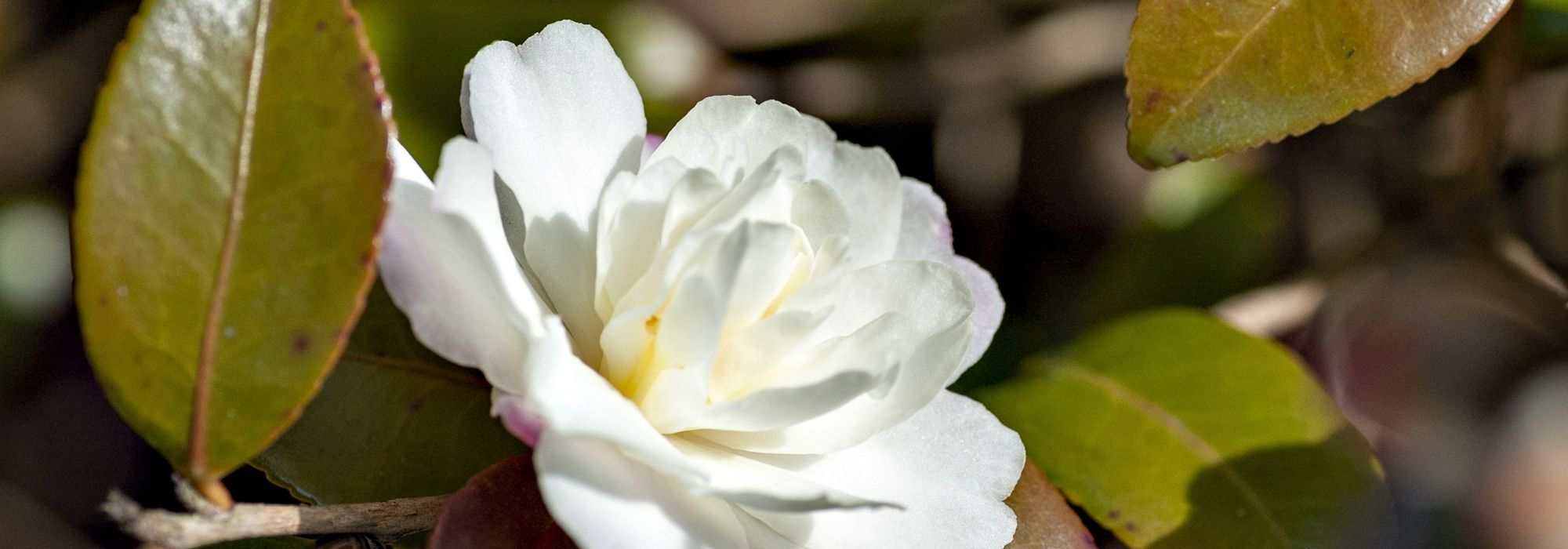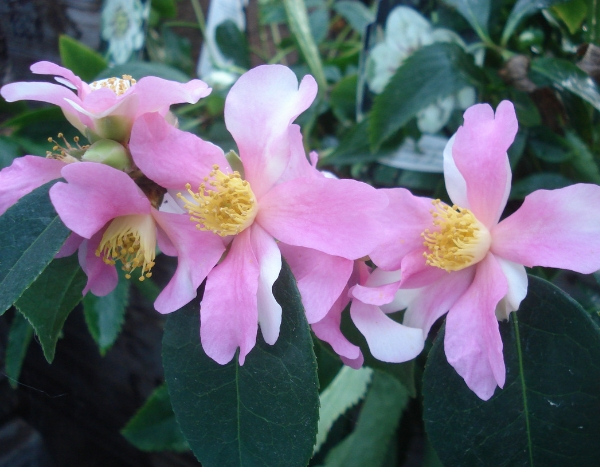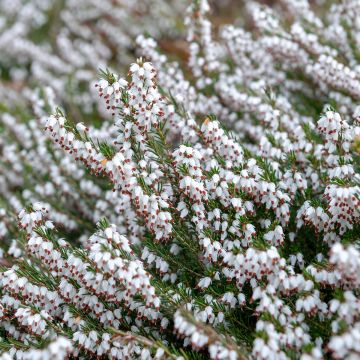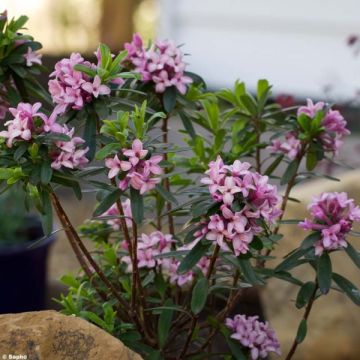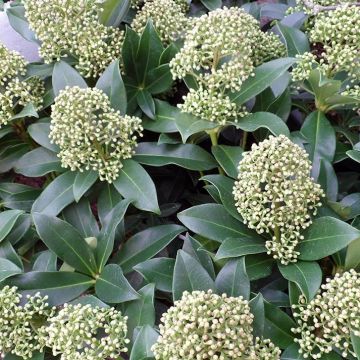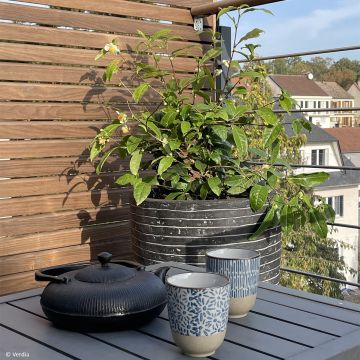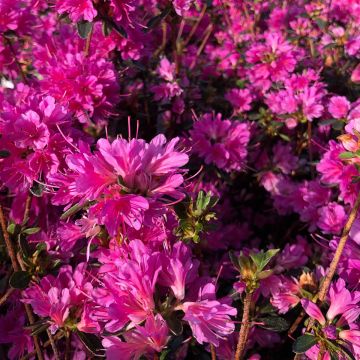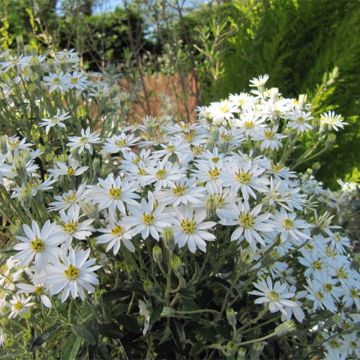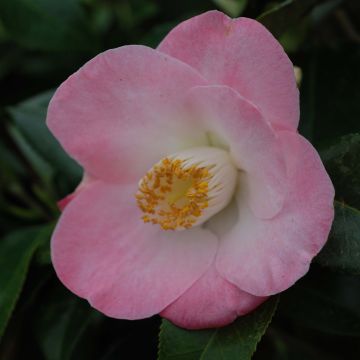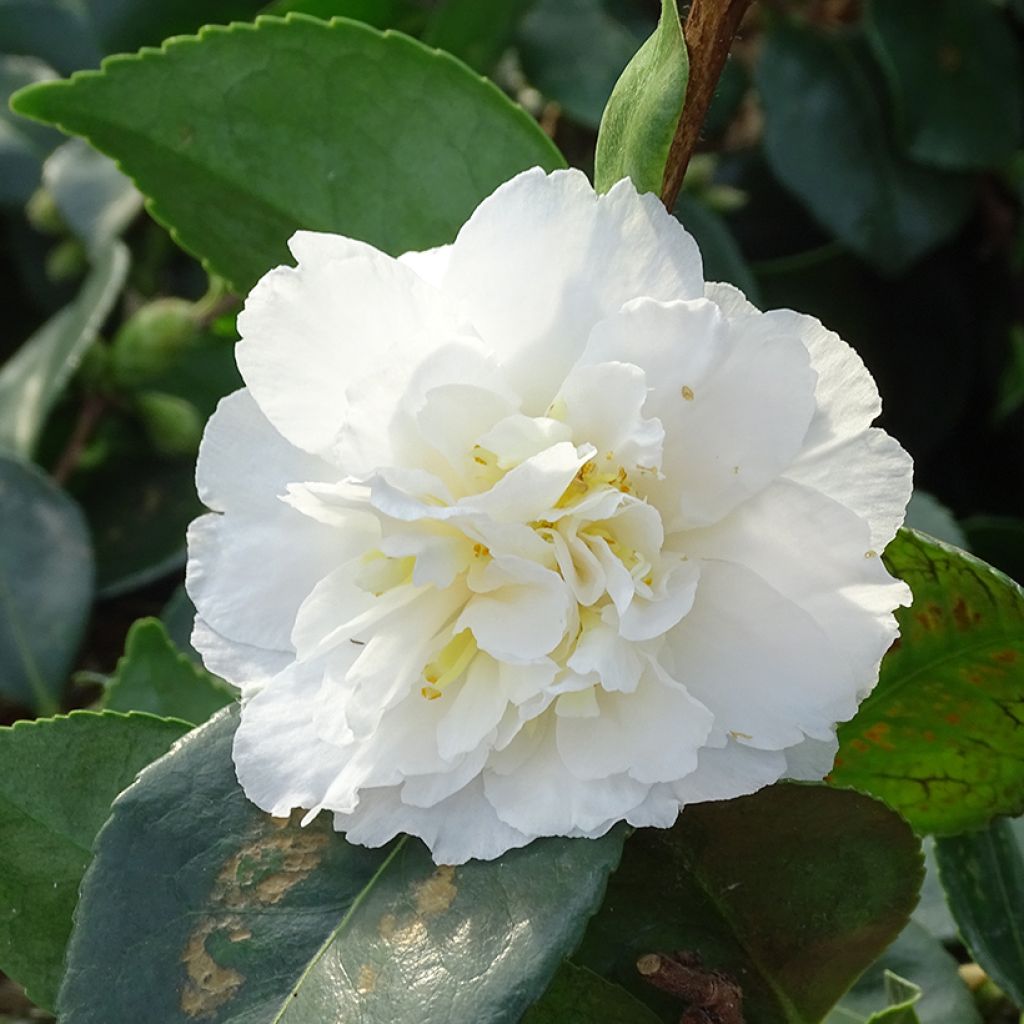

Camélia d'automne - Camellia sasanqua Waterfall White
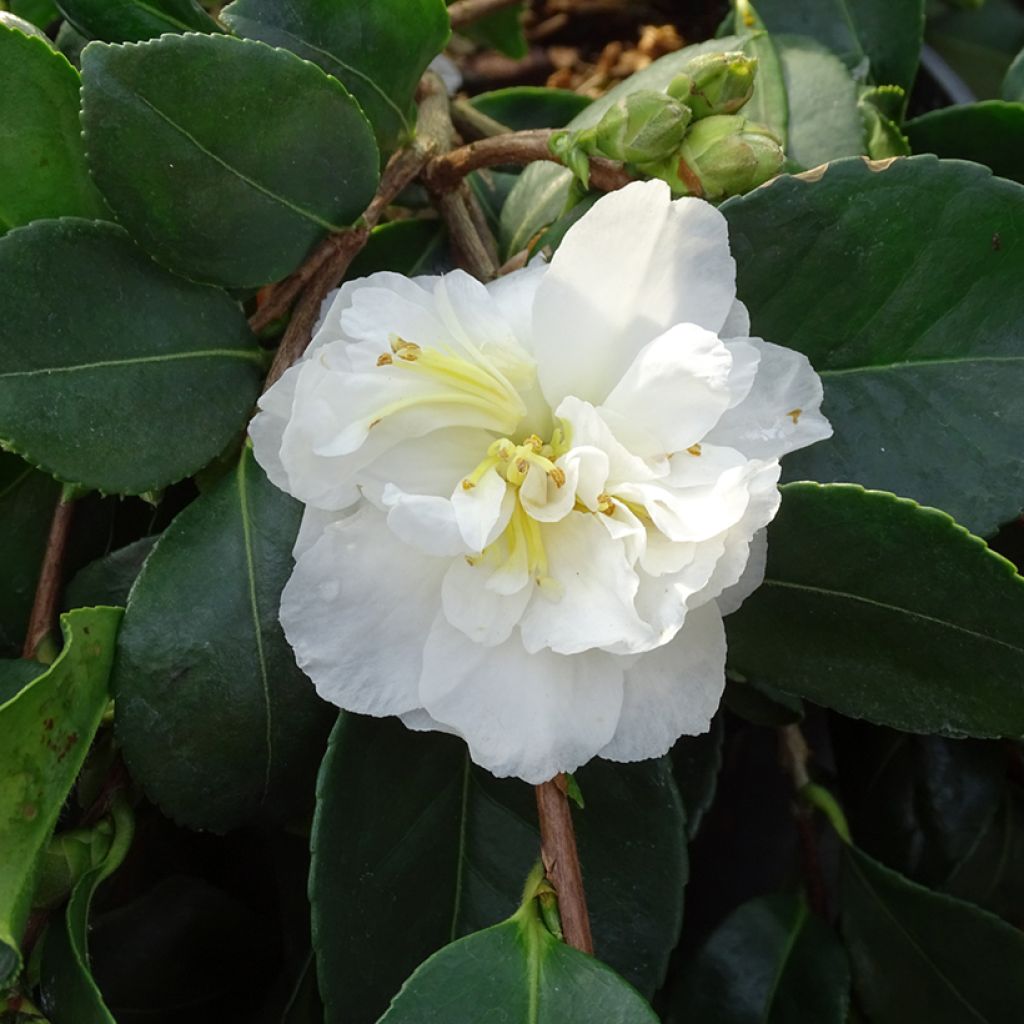

Camélia d'automne - Camellia sasanqua Waterfall White
Camellia sasanqua Waterfall White
Camellia sasanqua Waterfall White
Autumn Camellia, Christmas Camellia
Special offer!
Receive a €20 voucher for any order over €90 (excluding delivery costs, credit notes, and plastic-free options)!
1- Add your favorite plants to your cart.
2- Once you have reached €90, confirm your order (you can even choose the delivery date!).
3- As soon as your order is shipped, you will receive an email containing your voucher code, valid for 3 months (90 days).
Your voucher is unique and can only be used once, for any order with a minimum value of €20, excluding delivery costs.
Can be combined with other current offers, non-divisible and non-refundable.
Why not try an alternative variety in stock?
View all →This plant carries a 24 months recovery warranty
More information
We guarantee the quality of our plants for a full growing cycle, and will replace at our expense any plant that fails to recover under normal climatic and planting conditions.
Would this plant suit my garden?
Set up your Plantfit profile →
Description
Camellia sasanqua 'Waterfall White' is the white-flowered version of 'Waterfall Pink', an amazing ground cover autumn camellia. Like its sister plant, 'Waterfall White' spreads effortlessly, creating the effect of a beautiful flowering cascade in autumn. This unusual variety will bring abundant charm to the late season: its double corollas, set against evergreen foliage of dark and glossy green, release a shower of petals forming a carpet of snow on the ground. Attractive all year round, this bush will cause a sensation above a wall or in front of a bed of taller shrubs. Give it a moist soil in summer, rich and chalk-free.
The 'Waterfall White' camellia is one of the many hybrids derived from the Camellia sasanqua species, which belongs to the Theaceae family. This plant has a bushy, flexible, wide and prostrate habit. Its growth is quite rapid, allowing it to reach 1 m (3 ft 4 in) in height and 1.50 m (5 ft) in width within 10 years. Adult size could reach 1 m (3 ft 4 in) with a wingspan of 1.70 m (5 ft 7 in) under favourable conditions. Flowering takes place from October to November. The bush produces beautiful flowers measuring 5 to 6 cm (2 to 2.5 in) wide, formed by multiple white petals assembled around a scarcely visible golden yellow stamen heart. The flowers are fleeting but continuously renew on the plant. The dense foliage is evergreen. It is composed of dark green, shiny, ovate, leathery, toothed leaves, paler on the underside.
Preferring a humid oceanic climate and non-calcereous soil, the Camellia sasanqua 'Waterfall White' dislikes scorching sun and windy conditions. It performs better in mild climates than in cold regions, where its hardiness is sometimes lacking and its flowering destroyed. Wherever the winter is not too harsh, it can be planted in the garden in isolation or in front of a bed composed of other ericaceous plants (Rhododendron, azaleas, Hydrangea, Hamamelis). 'Waterfall White' deserves a prime location: place it in a high position, near a porch, not far from the house, or at the bend of a path. You can of course combine it with its fresh pink-flowered counterpart 'Waterfall Pink' and adorn its base with autumn bulbs, such as colchicums or ivy-leaf cyclamens. In cold regions, it can be planted in a pot on the balcony or terrace, but must be brought inside during its flowering period to a slightly heated veranda or cool greenhouse.
Camellia sasanqua Waterfall White in pictures
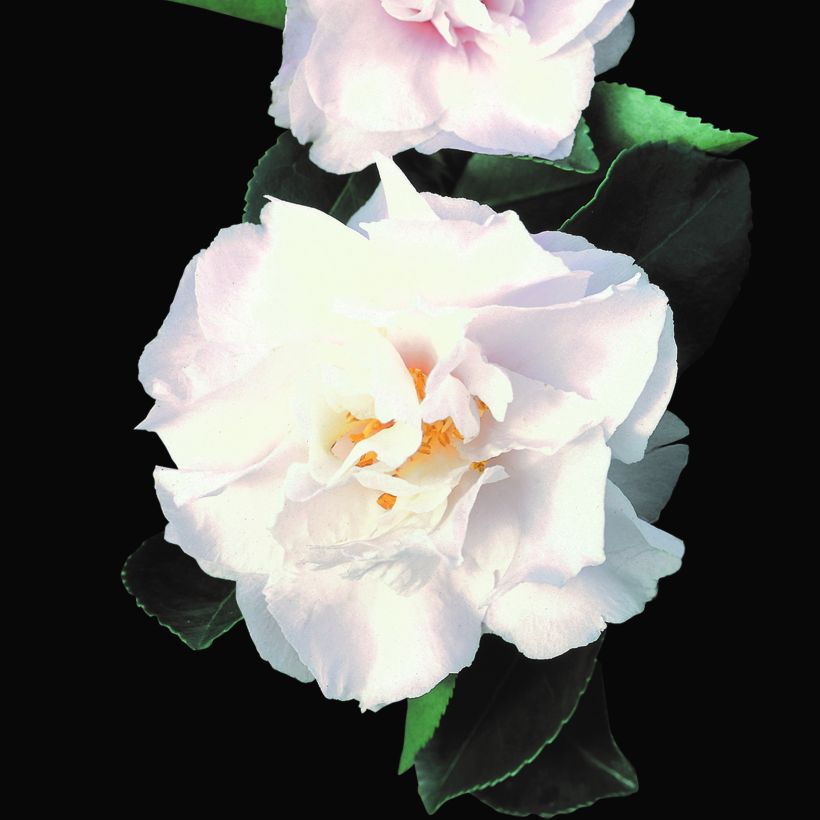

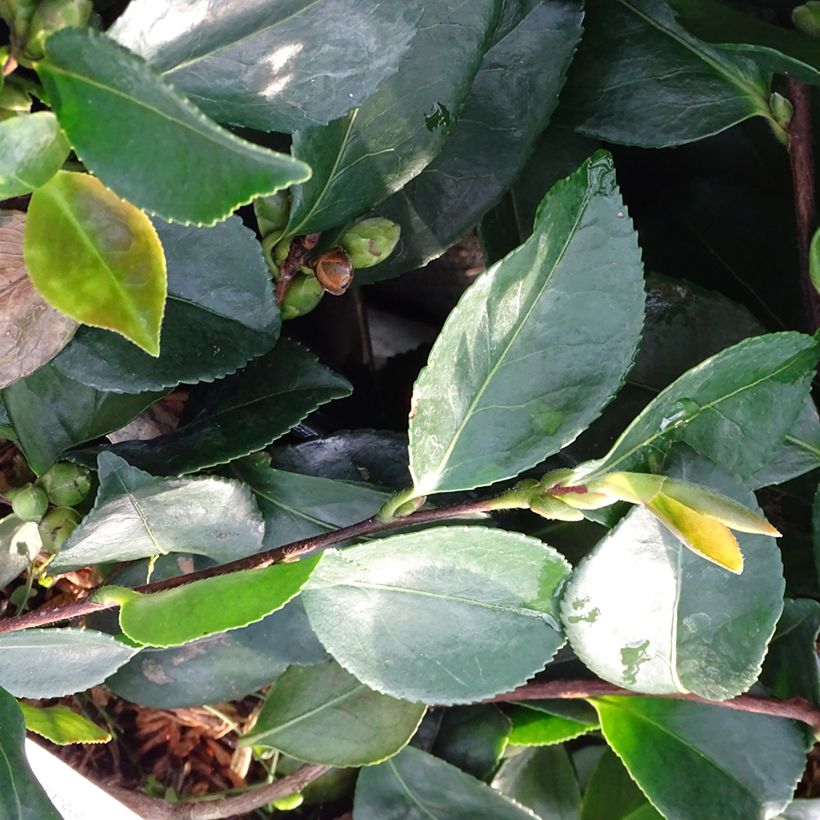

Plant habit
Flowering
Foliage
Botanical data
Camellia
sasanqua
Waterfall White
Theaceae
Autumn Camellia, Christmas Camellia
Cultivar or hybrid
Other Autumn Camellia
View all →Planting and care
Camellia sasanqua is ideal for oceanic, humid climates and chalk-free soil. If these conditions are not met it will languish and never reach its full potential. It can be placed in a partially shaded spot protected from cold and drying winds. It can be cultivated in full, not-too-strong sun, but its roots need to stay moist. Plant in a cool, humus-rich, acidic, and well-drained soil. The bush should not be planted too deeply, with the top of the root ball covered with 3 cm (1.2 in) of soil. In winter cover it with a 5 to 7 cm (2 to 3 in) thick mulch composed of leaf compost and shredded bark. Beware of frost, which can damage the flowers and buds. During dry periods, water to prevent the dropping of flower buds. Camellia sasanqua can tolerate temperatures as low as -12°C (10.4 °F) for a short period. It can be susceptible to root rot, leaf spots, and viruses. It can be attacked by aphids and scale insects that cause sooty mould, as well as by weevils that nibble the edges of the leaves.
Planting period
Intended location
Care
Planting & care advice
This item has not been reviewed yet - be the first to leave a review about it.
Similar products
Haven't found what you were looking for?
Hardiness is the lowest winter temperature a plant can endure without suffering serious damage or even dying. However, hardiness is affected by location (a sheltered area, such as a patio), protection (winter cover) and soil type (hardiness is improved by well-drained soil).

Photo Sharing Terms & Conditions
In order to encourage gardeners to interact and share their experiences, Promesse de fleurs offers various media enabling content to be uploaded onto its Site - in particular via the ‘Photo sharing’ module.
The User agrees to refrain from:
- Posting any content that is illegal, prejudicial, insulting, racist, inciteful to hatred, revisionist, contrary to public decency, that infringes on privacy or on the privacy rights of third parties, in particular the publicity rights of persons and goods, intellectual property rights, or the right to privacy.
- Submitting content on behalf of a third party;
- Impersonate the identity of a third party and/or publish any personal information about a third party;
In general, the User undertakes to refrain from any unethical behaviour.
All Content (in particular text, comments, files, images, photos, videos, creative works, etc.), which may be subject to property or intellectual property rights, image or other private rights, shall remain the property of the User, subject to the limited rights granted by the terms of the licence granted by Promesse de fleurs as stated below. Users are at liberty to publish or not to publish such Content on the Site, notably via the ‘Photo Sharing’ facility, and accept that this Content shall be made public and freely accessible, notably on the Internet.
Users further acknowledge, undertake to have ,and guarantee that they hold all necessary rights and permissions to publish such material on the Site, in particular with regard to the legislation in force pertaining to any privacy, property, intellectual property, image, or contractual rights, or rights of any other nature. By publishing such Content on the Site, Users acknowledge accepting full liability as publishers of the Content within the meaning of the law, and grant Promesse de fleurs, free of charge, an inclusive, worldwide licence for the said Content for the entire duration of its publication, including all reproduction, representation, up/downloading, displaying, performing, transmission, and storage rights.
Users also grant permission for their name to be linked to the Content and accept that this link may not always be made available.
By engaging in posting material, Users consent to their Content becoming automatically accessible on the Internet, in particular on other sites and/or blogs and/or web pages of the Promesse de fleurs site, including in particular social pages and the Promesse de fleurs catalogue.
Users may secure the removal of entrusted content free of charge by issuing a simple request via our contact form.
The flowering period indicated on our website applies to countries and regions located in USDA zone 8 (France, the United Kingdom, Ireland, the Netherlands, etc.)
It will vary according to where you live:
- In zones 9 to 10 (Italy, Spain, Greece, etc.), flowering will occur about 2 to 4 weeks earlier.
- In zones 6 to 7 (Germany, Poland, Slovenia, and lower mountainous regions), flowering will be delayed by 2 to 3 weeks.
- In zone 5 (Central Europe, Scandinavia), blooming will be delayed by 3 to 5 weeks.
In temperate climates, pruning of spring-flowering shrubs (forsythia, spireas, etc.) should be done just after flowering.
Pruning of summer-flowering shrubs (Indian Lilac, Perovskia, etc.) can be done in winter or spring.
In cold regions as well as with frost-sensitive plants, avoid pruning too early when severe frosts may still occur.
The planting period indicated on our website applies to countries and regions located in USDA zone 8 (France, United Kingdom, Ireland, Netherlands).
It will vary according to where you live:
- In Mediterranean zones (Marseille, Madrid, Milan, etc.), autumn and winter are the best planting periods.
- In continental zones (Strasbourg, Munich, Vienna, etc.), delay planting by 2 to 3 weeks in spring and bring it forward by 2 to 4 weeks in autumn.
- In mountainous regions (the Alps, Pyrenees, Carpathians, etc.), it is best to plant in late spring (May-June) or late summer (August-September).
The harvesting period indicated on our website applies to countries and regions in USDA zone 8 (France, England, Ireland, the Netherlands).
In colder areas (Scandinavia, Poland, Austria...) fruit and vegetable harvests are likely to be delayed by 3-4 weeks.
In warmer areas (Italy, Spain, Greece, etc.), harvesting will probably take place earlier, depending on weather conditions.
The sowing periods indicated on our website apply to countries and regions within USDA Zone 8 (France, UK, Ireland, Netherlands).
In colder areas (Scandinavia, Poland, Austria...), delay any outdoor sowing by 3-4 weeks, or sow under glass.
In warmer climes (Italy, Spain, Greece, etc.), bring outdoor sowing forward by a few weeks.






























